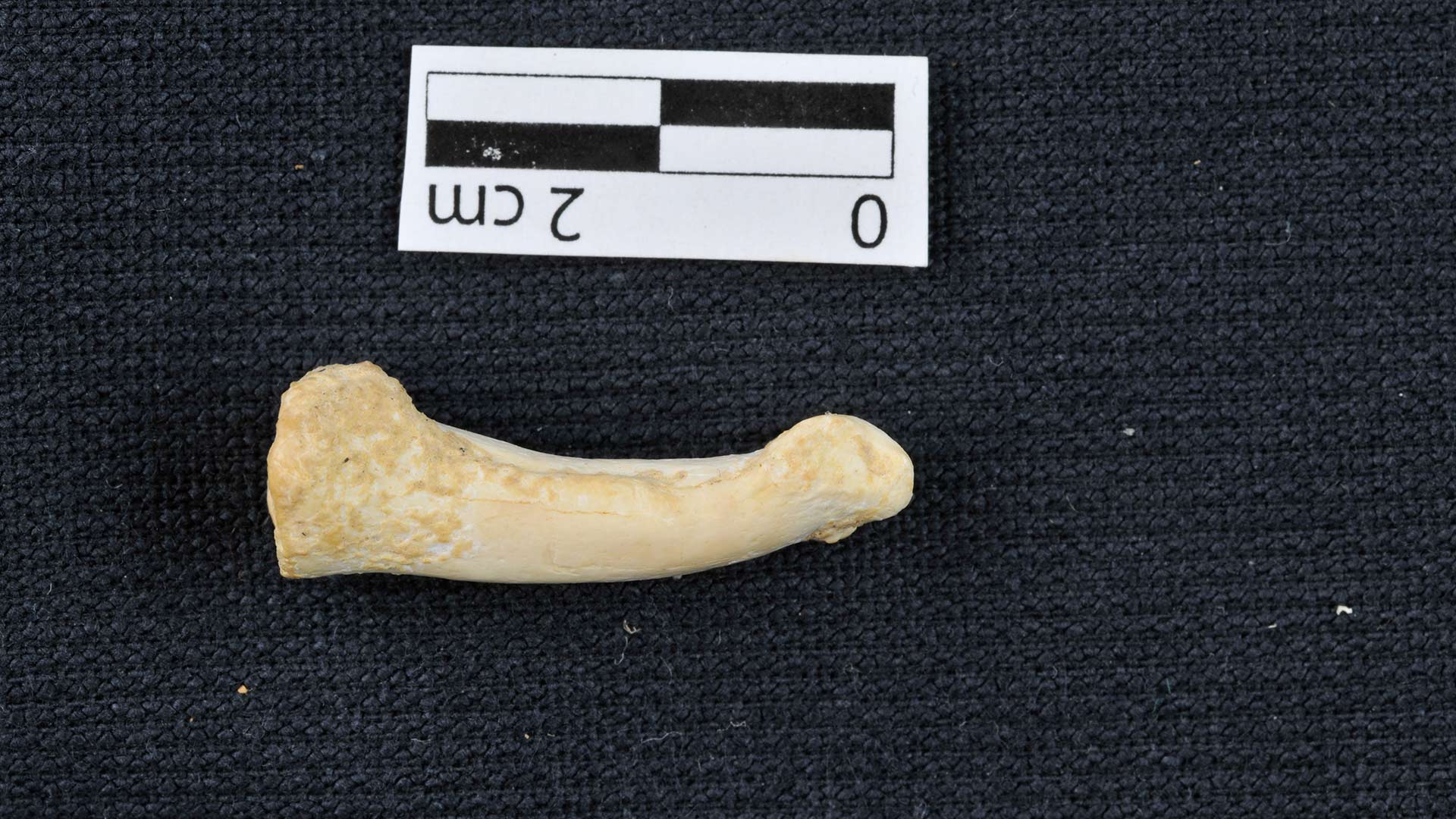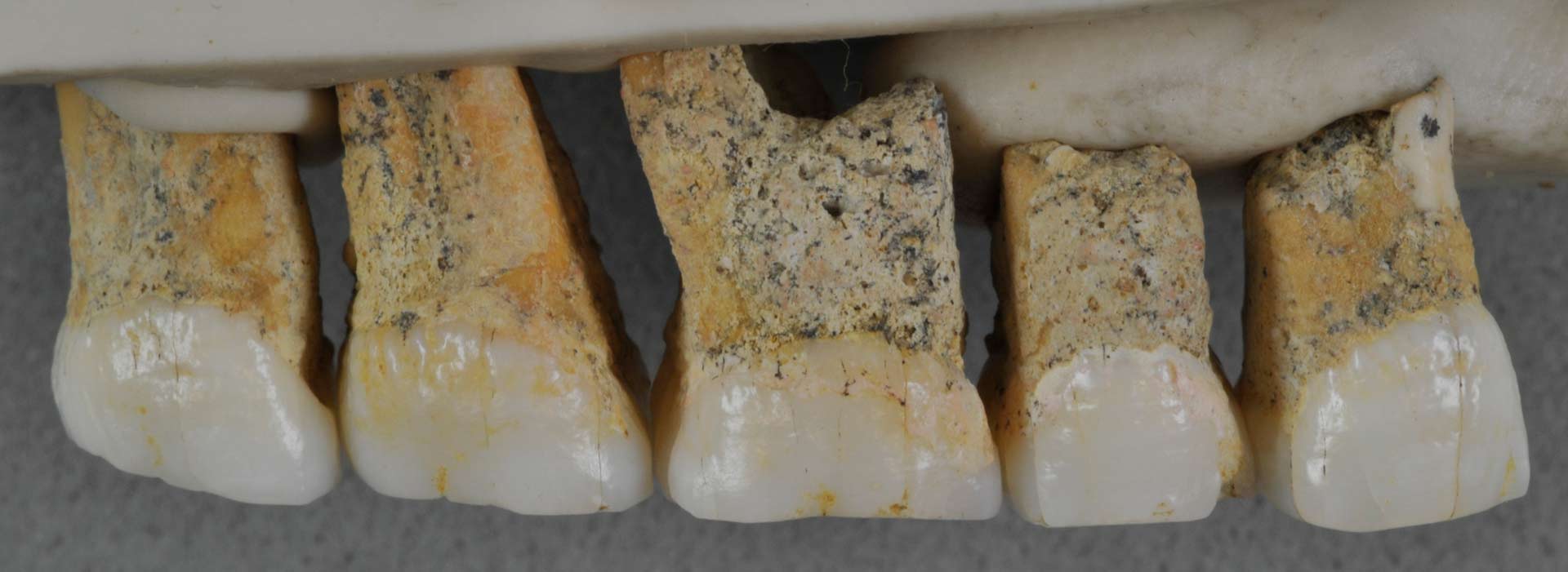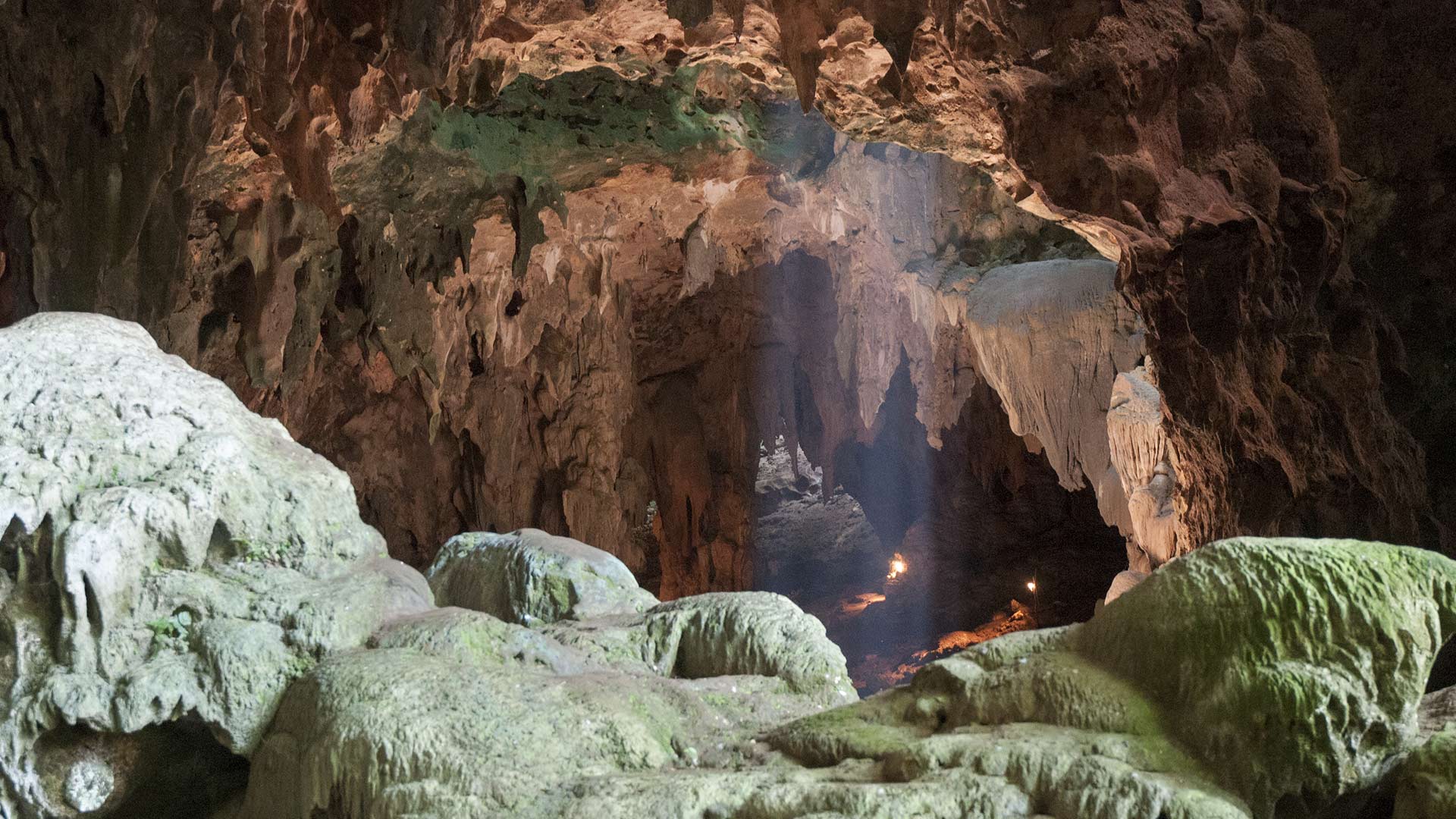 VIEW LARGER This toe bone shows primitive, Australopithecus-like features.
VIEW LARGER This toe bone shows primitive, Australopithecus-like features. The discovery of a new human ancestor in the Philippines added another species to our genus, Homo. But at least one expert considers that classification premature.
The research appears in the journal Nature.
There is little question the 67,000-year-old hominin remains found in a cave in Northern Luzon in 2007 are important, says Bill Kimbel, director of the Institute of Human Origins at ASU.
Hominins are species on the human branch of the family tree, located after the split with chimpanzees and bonobos. Hominins may be extinct, or make up side branches and dead ends.
The teeth; finger, foot and toe bones; and leg bone offer evidence of small-bodied, isolated island-dwellers that also share some anatomical traits with our more ancient cousins, Australopithecus.
In these respects, they much resemble the so-called "hobbits" (Homo floresiensis) found on the Indonesian island of Flores in 2004.
But do they constitute a new species?
 VIEW LARGER Right upper teeth of main specimen of Homo luzonensis. From left to right: two premolars and 3 molars, seen from the direction on the tongue.
VIEW LARGER Right upper teeth of main specimen of Homo luzonensis. From left to right: two premolars and 3 molars, seen from the direction on the tongue. "The identity of the material by the discoverers as a new species is a little problematic from my perspective, in part because some of the most critical pieces of the skeleton and skull are not present," said Kimbel.
One key claim of the paper said the new species, dubbed Homo luzonensis, shows a different combination of primitive and derived features than the combinations found in other members of the same genus, including "hobbits" and modern humans.
Primitive features are passed down unchanged and link species to their ancient ancestors. Derived features entail evolved characteristics that differentiate species from ancient ancestors and cluster them with closely related "relatives."
 VIEW LARGER Callao Cave (Luzon Island, Philippines), where the fossils of Homo luzonensis were discovered. This view is taken from the rear of the first chamber of the cave (where the fossils were found), in the direction of the second chamber.
VIEW LARGER Callao Cave (Luzon Island, Philippines), where the fossils of Homo luzonensis were discovered. This view is taken from the rear of the first chamber of the cave (where the fossils were found), in the direction of the second chamber. The hobbits' skeleton and skull were essential in distinguishing them as a separate species. Thus, without those remains, it is difficult to prove H. luzonensis is significantly different from H. flores.
The picture will likely grow clearer as additional remains become available.
Either way, says Kimble, it's an important find.
"The material is important regardless of whether it's a new species or not because of what it tells us about the potential pathway of hominins getting from the Southeast Asian mainland out into those islands," he said.


By submitting your comments, you hereby give AZPM the right to post your comments and potentially use them in any other form of media operated by this institution.